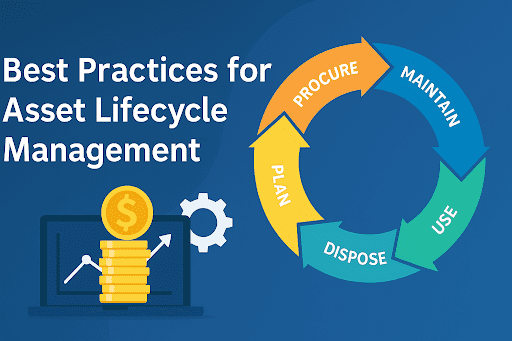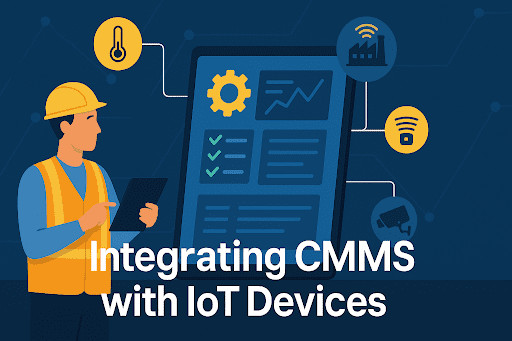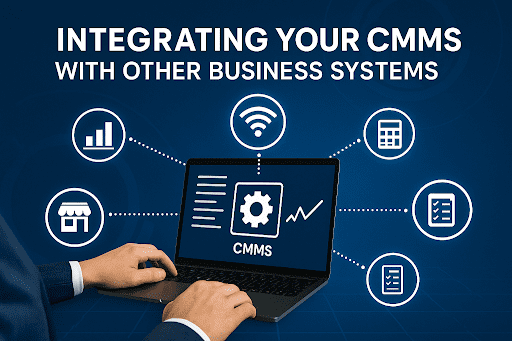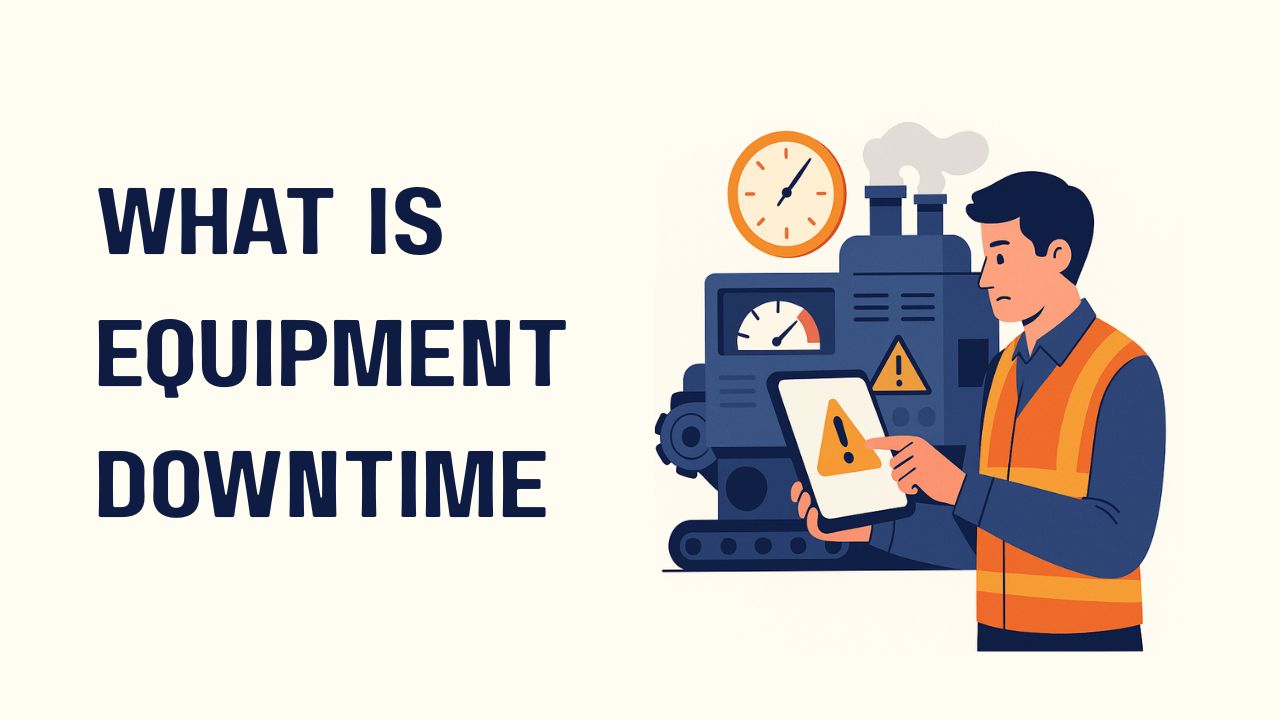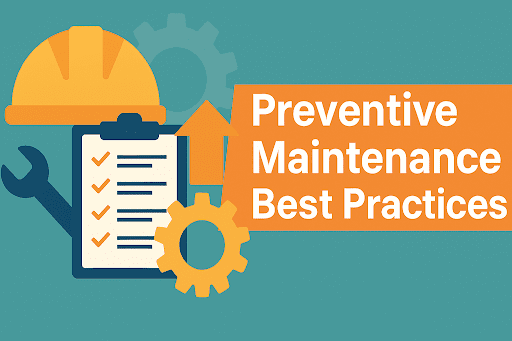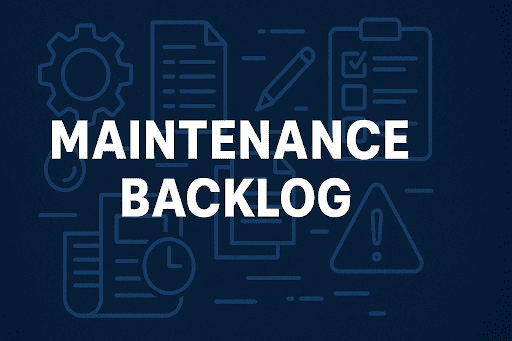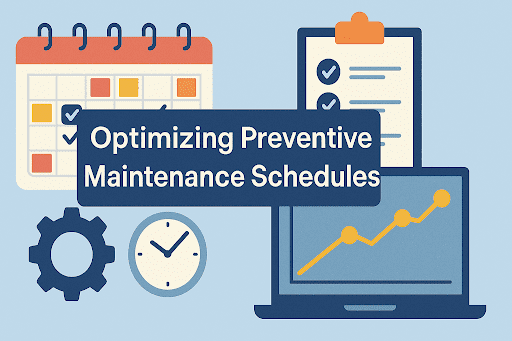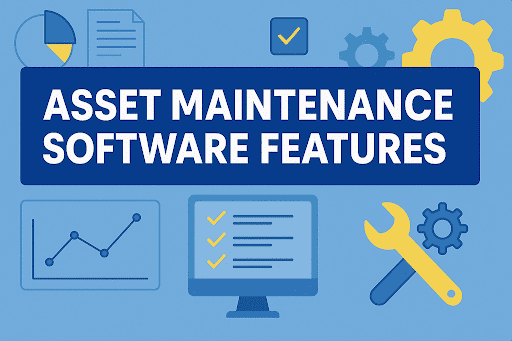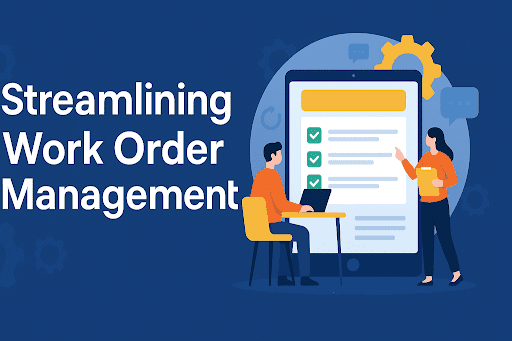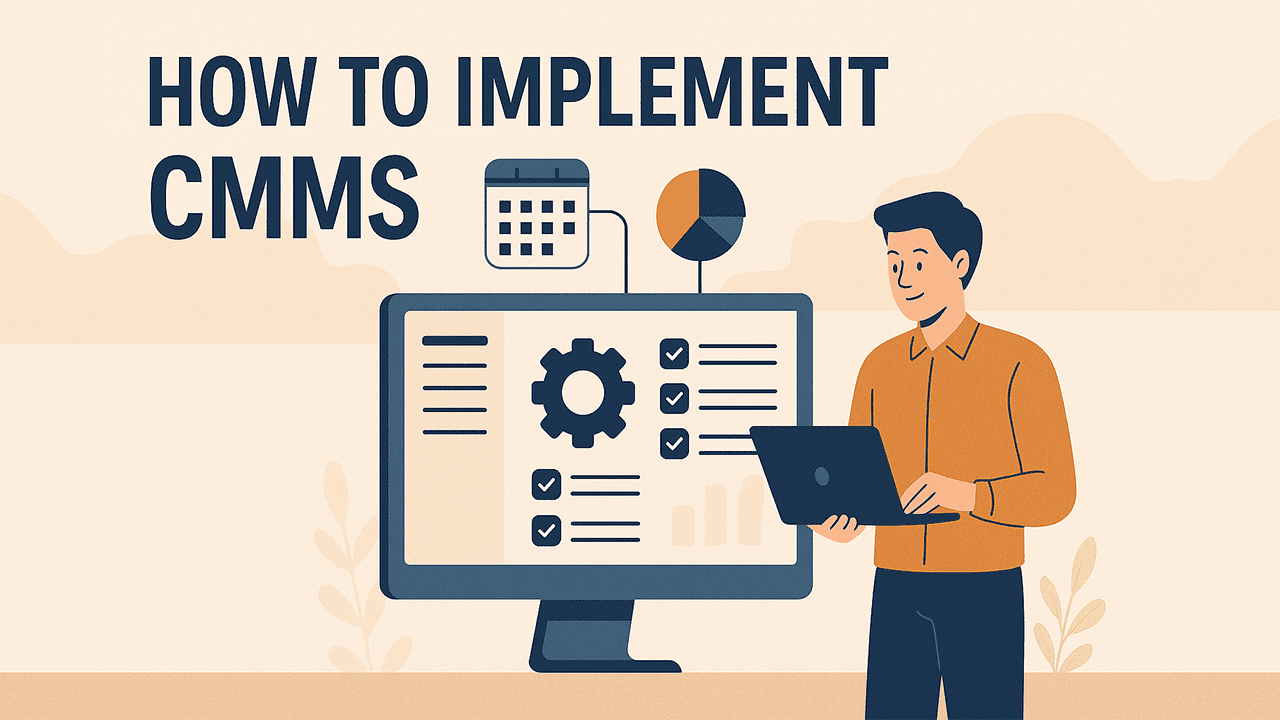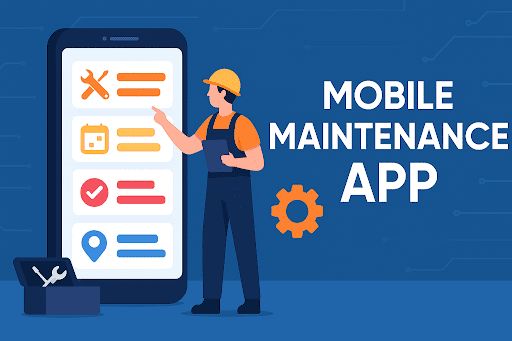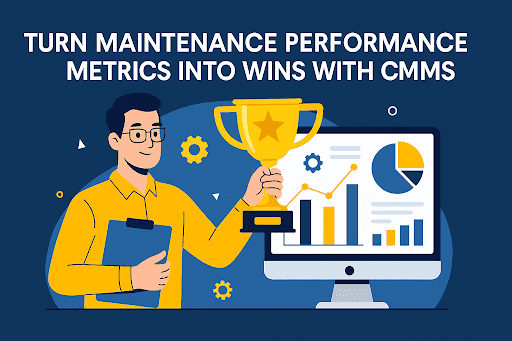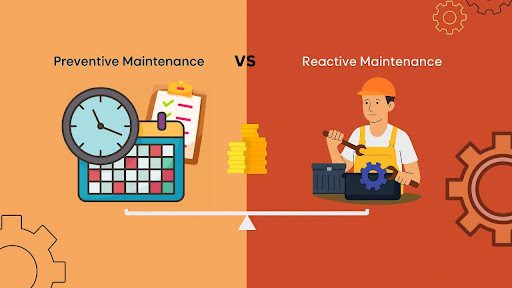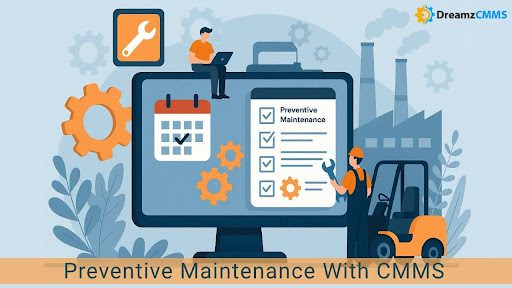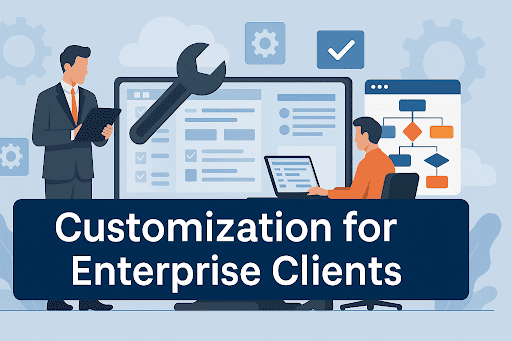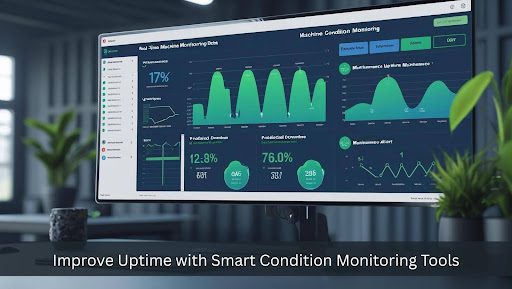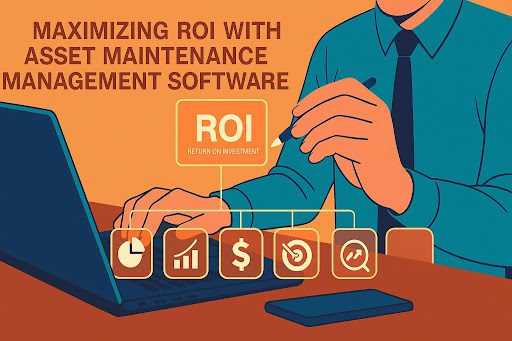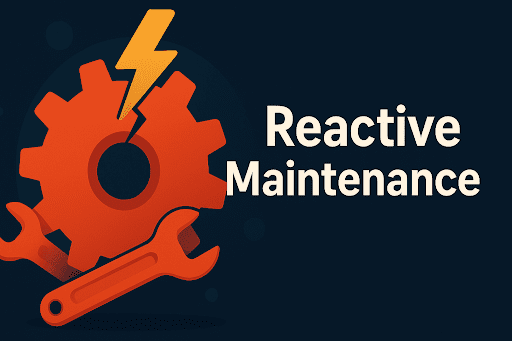 BACK TO Blog
BACK TO Blog
Asset Rental Management
Asset Maintenance
Introduction In service and maintenance roles, people often work in fast-paced environments where accuracy matters. Using short and familiar terms called Acronyms makes communication quicker and clearer. These abbreviations reduce misunderstandings and help everyone stay aligned. Whether you are organizing repairs, scheduling inspections, or updating records, understanding these terms helps
- April 21, 2025
- Debraj Basu
- 8 minutes read

- April 21, 2025
- Debraj Basu
- 8 minutes read
Introduction
In service and maintenance roles, people often work in fast-paced environments where accuracy matters. Using short and familiar terms called Acronyms makes communication quicker and clearer. These abbreviations reduce misunderstandings and help everyone stay aligned. Whether you are organizing repairs, scheduling inspections, or updating records, understanding these terms helps simplify the process.
This blog is a quick, practical guide to the most common terms used across the service industry, from Acronyms for services and customer support to key business service terms. Keep this list handy if you’re new to the field or just want a refresher.
Why Do Acronyms Matter So Much in This Industry?
Have you ever been mid-task, trying to juggle a few things, and someone asks for a “status on that SLA”? You do not have time to spell out “Service Level Agreement.” You just say, “It has been sent.” That is the magic of Acronyms.They are not just buzzwords. They are survival tools. Especially in places where things move fast like customer service departments, maintenance crews, or service operations teams.
In this field, these shorthand terms pop up constantly. Whether it is an Acronym for service response times or a code used in preventive maintenance, they cut through the noise. No fluff. Just fast, clear communication. And it is not just the technicians on the ground rather managers, dispatchers, even clients use them. Once you understand the service maintenance abbreviations and how they fit into daily tasks, everything gets a little easier.
Honestly, knowing these common service Acronyms is like speaking the same language as your team. It saves time. It prevents mistakes. And in this line of work, that is huge.
Common Service Acronyms and Their Importance
Let us start with a set of common service Acronyms used across customer support, field work, and general business operations.
| Acronym | Meaning | Use Case |
| SLA | Service Level Agreement | Defines the agreed-upon service standards between a provider and client. |
| KPI | Key Performance Indicator | Measures performance and goal achievement. |
| FCR | First Call Resolution | Indicates whether a customer’s issue was resolved in the first contact. |
| CSAT | Customer Satisfaction | Gauges customer satisfaction post-interaction. |
| AHT | Average Handle Time | Tracks how long it takes to resolve service requests. |
| QA | Quality Assurance | Ensures support and service quality meet internal standards. |
These Acronyms for customer service help streamline feedback, align service expectations, and identify where improvements are needed.
Acronyms for Services in Maintenance Operations
For teams working directly with equipment, facilities, or machinery, the right Acronyms make technical conversations more efficient. These service maintenance abbreviations appear in repair logs, audits, and reporting.
| Acronym | Meaning | Why It Matters |
| PM | Preventive Maintenance | Scheduled tasks to prevent equipment failures. |
| CM | Corrective Maintenance | Actions taken after a failure has occurred. |
| CBM | Condition-Based Maintenance | Maintenance triggered by asset condition data. |
| RCM | Reliability-Centered Maintenance | Maintenance focused on critical system reliability. |
| MTTR | Mean Time to Repair | Tracks average repair duration. |
| MTBF | Mean Time Between Failures | Measures expected time between asset issues. |
| CMMS | Computerized Maintenance Management System | Software for managing maintenance schedules, assets, and work orders. |
When teams actually use these service-related Acronyms in their tools and day-to-day routines, things just run smoother. People understand each other faster, and it is easier to keep records straight without anyone getting mixed up.
Acronyms for Customer Service Teams
For customer service professionals, time, satisfaction, and clarity matter most. Using service Acronyms improves workflow and boosts client trust.
IVR – Interactive Voice Response
That automated voice system that greets customers and gets them to the right place without needing a live agent right away.
NPS – Net Promoter Score
A simple way to measure how likely someone is to recommend your service. Great for spotting how people really feel.
CRM – Customer Relationship Management
The tool your team probably lives in. It helps track conversations, follow-ups, and keep relationships organized.
B2B / B2C – Business to Business / Business to Consumer
Not just marketing terms. They shape how your team talks to different types of customers.
VOC – Voice of the Customer
This one is all about feedback, what your customers are saying, and how you can actually use it to get better.
These Acronyms for customer service are widely used in training manuals, dashboards, and feedback loops.
Service Industry Acronyms in Business and Management
Beyond fieldwork, business service terms are just as critical for operations, finance, and compliance teams. These Acronyms simplify coordination across departments.
| Acronym | Term | Description |
| ERP | Enterprise Resource Planning | Software that integrates key business functions like inventory, HR, and finance. |
| SOP | Standard Operating Procedure | A documented process for consistent operations. |
| ETA | Estimated Time of Arrival | Used in scheduling and logistics. |
| FIFO | First In, First Out | Inventory or task processing order. |
| ROI | Return on Investment | Measures the profitability of an action or asset. |
| TCO | Total Cost of Ownership | Includes all costs related to purchasing and operating an asset. |
| EOD | End of Day | Refers to deadlines or daily reporting. |
These business service terms offer clarity in planning, reporting, and performance analysis.
Want to See These Acronyms in Action?Understanding terms like CMMS, SLA, or MTTR is one thing, but using them inside a real platform is where the magic happens.DreamzCMMS is an Asset maintenance management software that simplifies service tracking, asset control, and team communication. |
Acronym for Service in Technology-Enabled Operations
As digital transformation accelerates, many service organizations rely on Acronyms tied to technology, data, and software systems.
- API – Application Programming Interface: Enables different systems to communicate.
- IoT – Internet of Things: Smart sensors and devices used in asset tracking.
- AI – Artificial Intelligence: Supports predictive analytics and automated decision-making.
- BI – Business Intelligence: Data tools that help organizations make informed decisions.
- ITSM – IT Service Management: Structures IT-related service processes.
Understanding these Acronyms improves tech adoption and supports system integration across teams.
Field and Asset Tracking Acronyms
Tracking assets in real-time is essential in service logistics, warehouse management, and fleet coordination.
- GPS – Global Positioning System: Tracks location of vehicles and mobile teams.
- RFID – Radio-Frequency Identification: Used for tracking inventory and tools.
- EAM – Enterprise Asset Management: Comprehensive asset lifecycle management system.
- BAR – Barcode Asset Recording: Uses barcodes to tag and monitor equipment.
These tools support asset tracking and monitoring, which in turn enhance maintenance planning and reporting.
Industry-Specific Acronyms in Service Roles
Different industries use unique abbreviations based on sector needs:
HACCP – Hazard Analysis Critical Control Points
Big in food service. It’s all about spotting and preventing safety risks in the production process.
OSHA – Occupational Safety and Health Administration
If you work in a space where safety rules matter (and they always should), you know this one. It’s the group behind most workplace safety standards.
LEED – Leadership in Energy and Environmental Design
Used a lot in building maintenance and construction. It’s tied to green building practices and certifications.
FM – Facility Management
A catch-all for managing everything from HVAC systems to janitorial services and security.
OEM – Original Equipment Manufacturer
Basically means the company that made the original part or product—not the one who resells or repackages it.
Knowing which service operations terms apply in your industry ensures proper certification, reporting, and compliance.
Acronyms Trends in the Service Industry
As service models evolve, new Acronyms emerge:
- XLA – Experience Level Agreement
- SRE – Site Reliability Engineering
- FSM – Field Service Management
- ITIL – Information Technology Infrastructure Library
Keeping up with new service industry Acronyms helps teams adapt to market trends.
Making Acronyms Work in Your Day-to-Day
When everyone on your team uses the same terms, whether it is CMMS, SLA, or MTTR, you do not have to waste time explaining what you mean. It speeds things up, communication gets clearer, and people start to trust that the process is organized.
These service maintenance abbreviations will appear in work orders, asset reports, dashboards, and even text messages between team members. The more familiar they become, the smoother your entire workflow will run.
Even better, when Acronyms are built into your systems like dropdowns in your maintenance software or labels on performance reports, they help keep your service operations aligned. Everyone knows what is happening, what is expected, and how to track it. It also makes training a lot easier. New team members can pick things up faster when the language is consistent. No guessing, no mixed signals, just a shared way of working.
Wrapping It Up
From tracking repairs in a CMMS to checking on SLA metrics, these terms show up everywhere in meetings, on reports, in the tools your team uses every day. Getting comfortable with them makes the work smoother, especially when you are juggling multiple tasks or coordinating across departments.
Whether you are in facility management, customer service, or any hands-on role in maintenance, these service-related Acronyms are part of the language of the job. The more familiar you are with them, the easier it is to train new staff, follow procedures, and keep everything running like it should.
Keep this guide handy, bookmark it, or even share it with your team. Because when everyone is speaking the same language, everything just works better.
Need a Smarter Way to Manage Service Operations?Ready to put these Acronyms into action? DreamzCMMS helps teams like yours simplify maintenance, streamline communication, and stay ahead of the curve.Book a free demo or get started today to see how service workflows can run smoother with the right tools and the right language. |
Ready for More?
Talk to one of our CMMS experts and see how DreamzCMMS can simplify your maintenance operations.
Book a free consultation
